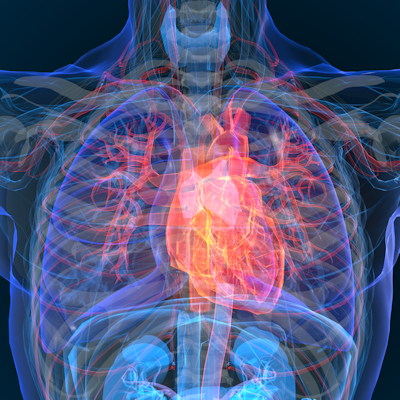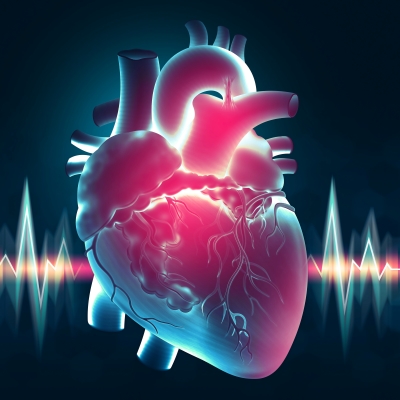August 11, 2022 -- Administration of small interfering RNA (siRNA) nanoparticles has protected mice from sudden death due to the rupture of a major blood vessel in the abdomen, setting the stage for research that could ultimately enable treatment for people at risk of life-threatening abdominal aortic aneurysm.
Writing in the August issue of the journal Biomaterials Advances, researchers at Washington University School of Medicine in St. Louis describe the use of nanoparticles to deliver siRNA that knocks down expression of subunits of NF-kappaB, an important inflammatory protein.
Suppression of the p50 subunit increased the mice's chances of survival from 53% to 85% and delayed the onset of rupture from day seven to day 12. Suppressing p65, another key modulator of inflammatory processes in abdominal aortic aneurysm, had no significant effect on outcomes.
Currently, patients who present with small aneurysms are monitored rather than treated. Surgeons can repair large aneurysms but there is a lack of treatment options for smaller aneurysms. The study shows that it may be possible to develop a pharmacological intervention that reduces the risk of aneurysms rupturing, a life-threatening emergency that results in death unless treated promptly. Aneurysms cause 15,000 deaths a year in the U.S.
A body of evidence dating back decades shows inflammation in blood vessels drives the progression of the aneurysms, but researchers are yet to develop an effective immunosuppressive therapy. To be viable, a therapy needs to suppress inflammation in the aorta to stop the progression of the aneurysm without weakening the broader immune system to the extent that the patient is at risk of serious infection.
Inhibiting NF-kappaB has improved outcomes in earlier preclinical tests but the signaling pathway is too important to host immune responses to make indiscriminate blockade viable. The Washington University researchers hit upon a more targeted approach when they found progression was characterized by the predominant nuclear accumulation of the NF-kappaB p50 subunit at the exclusion of p65.
"By targeting p50 and p65 separately, we pieced out the individual contributions of the different subunits and found the one (p50) that we think will be more protective with less potential adverse effects. Altogether, these results are very encouraging. They suggest that it may be possible to develop a therapy to reduce the risk of rupture and death from [abdominal aortic aneurysm] without unacceptable adverse effects," Hua Pan, PhD, an associate professor of medicine at Washington University, said in a statement.
The collaborators optimized the nanoparticle to reduce the required dose of siRNA. In doing so, the team achieved the therapeutic effects at a dose that is less likely to cause adverse effects. The team has a grant to apply the nanoparticle technology to rheumatoid arthritis.
"Once you have the technology approved for one disease, it is a lot easier to apply it to other diseases. I'm hopeful that one day, in the not-too-distant future, we'll have a treatment to offer people to stabilize the aneurysm, reducing the risk of rupture and sudden death. The technology is still being tested, but there's more hope now," said senior author Dr. Christine Pham, professor of medicine and director of the division of rheumatology at Washington University.
Copyright © 2022 scienceboard.net





